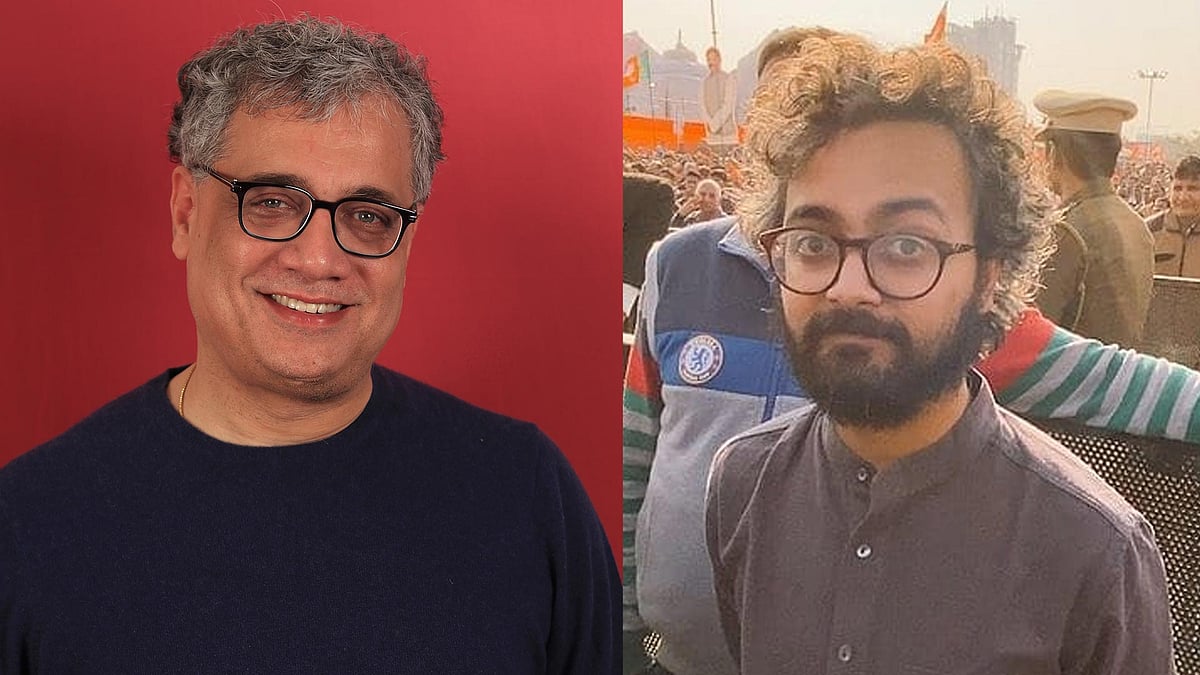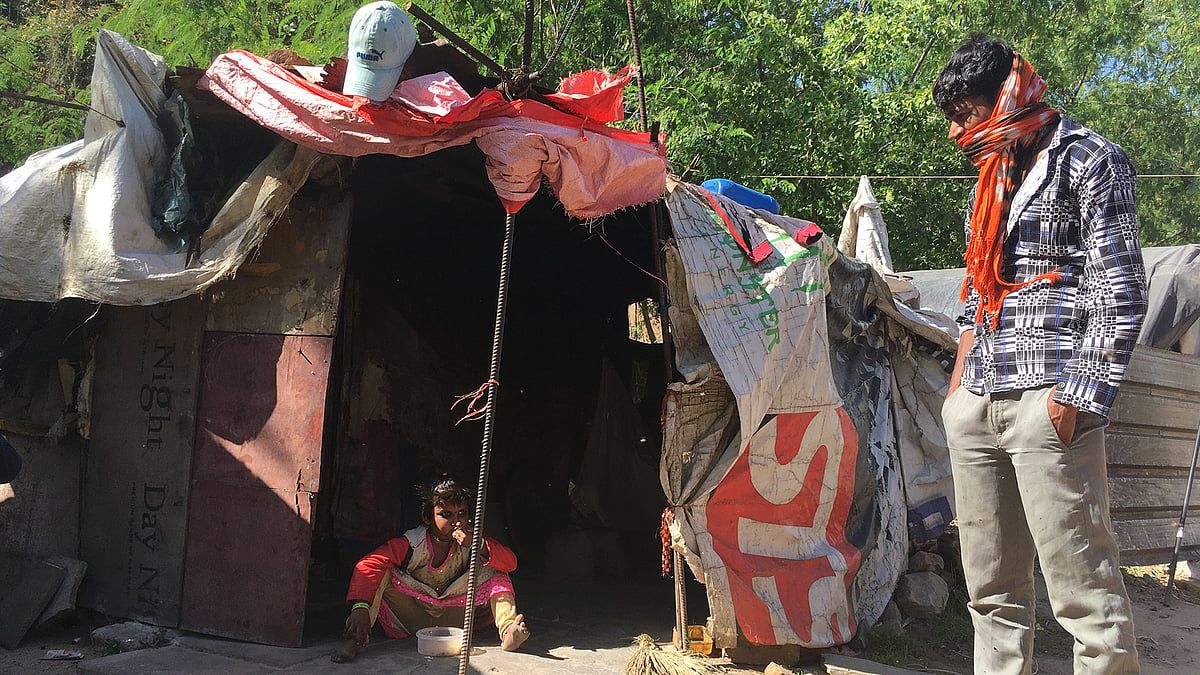It’s possible to have a better environment, and the lockdown has shown us how
Yesterday was Earth Day and it’s the perfect time to hit pause: not to resume but to reset.
Residents of Jalandhar in Punjab had a rare sighting of a 200 km-distant mountain range of Dhauladhar in Himachal Pradesh. Rare animals and birds have been seen in neighbourhoods across India, while Delhi folks spotted a sky that was nearly crystal-blue, and a Yamuna river that wasn’t as black and fetid as it once was.
Unfortunately, these sightings coincide with a tragic episode in recent human history, the Covid-19 pandemic, which has brought back this unprecedented and dramatic change in our environment — both local and global.
As we celebrate, cherish and occasionally gloat over these positive developments around us, it doesn't take away from the sheer scale of impact this pandemic has on the most vulnerable, the poorest of the poor. This pandemic has been nothing less than a poverty multiplier. The subsequent lockdown has meant an absolute suspension of economic activities of all scales and dimensions, adversely affecting the health of our balance sheets and government treasuries, and, as usual, reinforcing that the poor will die of hunger and starvation, not of the virus.
To top it all, a poor person with Covid-19 has both starvation and the virus to battle, and we have been successful in “quarantining” them from this “normal” narrative, we have adhered to the phenomenon of “social distancing” quite beautifully, as always.
Yesterday was Earth Day, and we should talk about our planet, its biodiversity, and not hunger and suffering. But we must, as there has been no opportune time to connect the health of our planet with the health of its people and their “business-as-usual”, a close linkage between how we have plundered the environment in the name of “the greater common good”, how our governments and corporations have used economic growth as a panacea to all our problems on ground.
The Covid-19 lockdown has established that it's a misconception, a mirage at best, and the current (before lockdown) economic model is neither good for the planet nor its people, especially the voiceless, the rivers, the sky or the poor.
Delhi’s air has never been cleaner in the past few years. Our capital is the most polluted capital in the world, with an air quality index often hovering around the severe or hazardous mark. One is not undermining the loss of life or the human misery caused by the deadly virus, but perhaps it’s important to learn from this lockdown, for future.
Some of the primary factors leading to improvement in the AQI can directly be linked to the shutdown of construction and demolition activities, drastic change in number of vehicles plying on the streets, shutting down of power plants and industries, along with other smaller sources of pollution. Dust emanating from the construction activities in Delhi contributed to over 30 percent in the city’s air pollution levels. It’s also a major source of suspension of PM 10 particles.
However, as we sit at home and observe the stringent lockdown, construction activities are to be resumed in several parts of the country, including New Delhi. Although only essential services were allowed to operate during the lockdown, the infamous Central Vista project received a green nod. The project plans to dig up the heart of the capital to construct a new residence for the prime minister and a parliament building along with other government offices
Vehicular pollution is also one of the primary sources of air pollution in Delhi. However, this study reported that nearly 90 percent of vehicles were off the road. In Delhi, this has led to a major reduction in air pollution, especially the PM 2.5 levels. Eleven out of 12 coal thermal power plants in and around Delhi have reportedly shut down since the lockdown, drastically reducing the pollution levels in the lower atmosphere.
Can we learn anything from this lockdown vis-à-vis air pollution? Absolutely.
Our political representatives advocating smog-towers and artificial rain to combat air pollution is not enough. We need concrete long-term measures. We need to strengthen public transport and promote collective mobility. It’s important to restrict private vehicular movement in several parts of Delhi once last mile connectivity along with safety and availability of public transport is ensured. We should adopt cleaner and more sustainable fuels to power the city’s immense vehicular movement.
Secondly, there should be no leniency towards violation of construction and demolition rules. If possible, construction activities in the city should be regulated and limited.
Lastly, the use of coal has to be curbed, not just in Delhi but throughout India. We need to switch to green fuels to power our industry.
It’s possible to have a better environment. The lockdown has shown us how.
There is drastic improvement in the quality of water of the Yamuna after the lockdown. As per the Delhi Pollution Control Board, the water quality in the Yamuna at several places is now fit for bathing. As per DPCC, there is four times more water in the river today than in April last year. Due to the lockdown, the industries have been temporarily shut down and there is no extraction of fresh water from the river for production needs. Similarly, due to the lockdown and it not being the sowing month, extraction of river water for irrigation has also been at its lowest.
It clearly establishes the fact many of us have been advocating for several years: the river has the first right over its water and it should flow first, and then after, any diversion of its water for industrial, agricultural or municipal needs.
We have spent several thousand crores in the past decades on the supposed river action/cleaning projects, and the past is evidence that they did not yield the desired outcome.
On the contrary, the lockdown alone has reduced pollution levels in several parts of the Yamuna. One report notes a decrease in runoffs from 28 industrial clusters and less trash. Apart from regulating the flow of discharge into the river, the effluents should be treated on the ground. The effluent standards are clearly not met by the industries on a “normal” day and that leads to making the river a toxic hotbed. We do have existing laws in place, we need to ensure those laws are followed diligently.
The lockdown is not an answer as it's a temporary suspension of our “normal” life rather than voluntary course correction. Post lockdown, we might resume our lives with more vigour and enthusiasm to compensate for the lost time. However, that would also mean enhanced economic activity backed by our governments to retrieve the economy.
As evidence from past decades suggests, the environment and its laws will be the first casualty of this recovery phase. The other option is for our governments to learn from this lockdown experience and reset the economic and governance model. We have an opportunity to link the environment with public health and resilience to redesign an India specific model for the future. We have the opportunity to integrate environmental equity and justice into our economic model, ensuring the poorest of the poor are not left at the periphery to fend for themselves vis-à-vis any pandemic, epidemic or pollution related public health crisis.
The lockdown could be a mirage, but it could also be that time in history where we pause: not to resume, but to reset.
 NL Interview: Derek O’ Brien on what goes on inside Parliament, coronavirus crisis, and violence in Bengal
NL Interview: Derek O’ Brien on what goes on inside Parliament, coronavirus crisis, and violence in Bengal Covid-19 relief: How India doesn’t count the poor as workers
Covid-19 relief: How India doesn’t count the poor as workers
